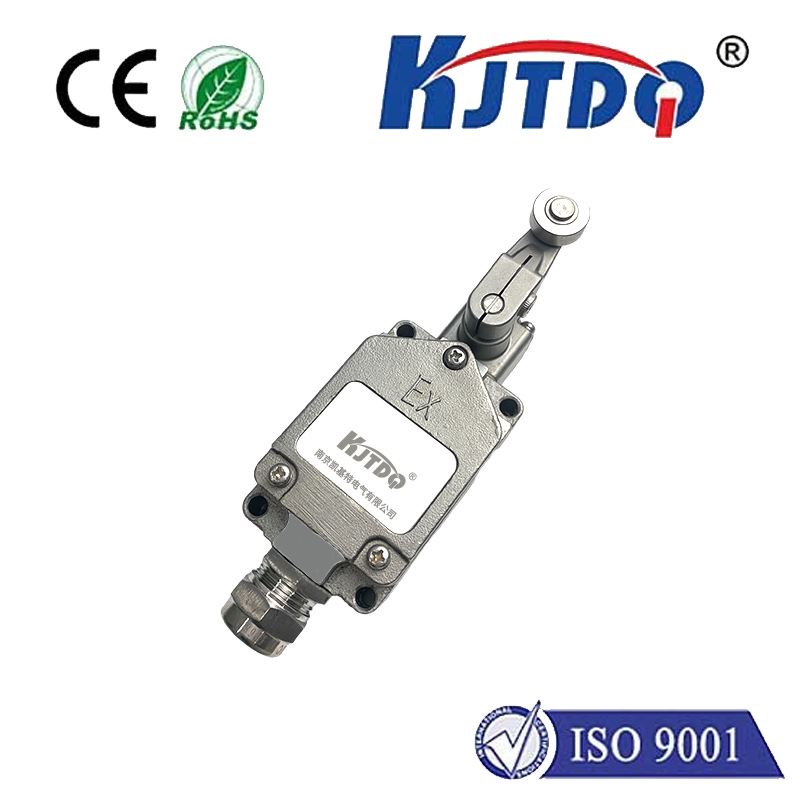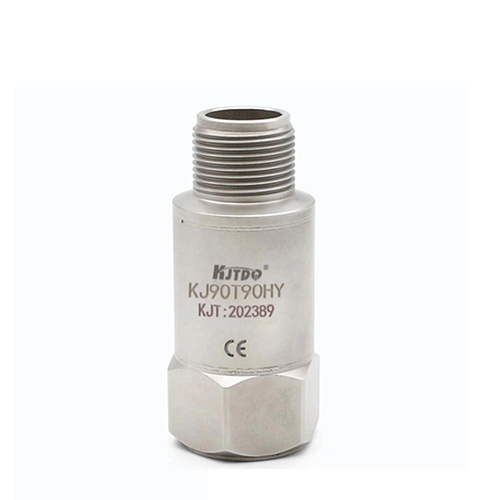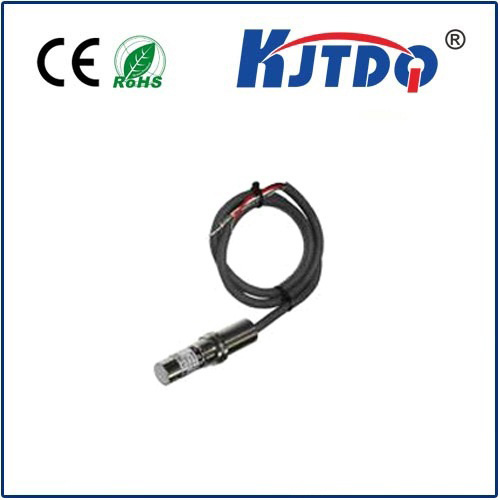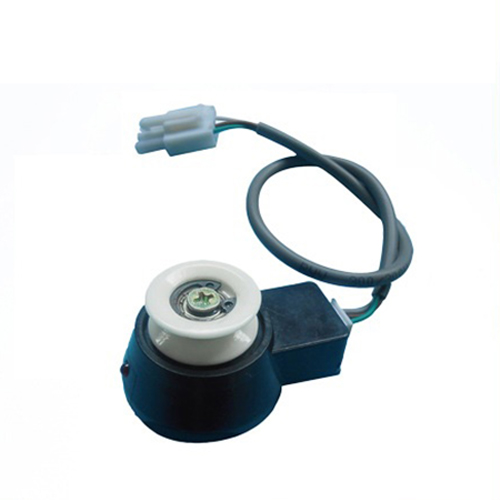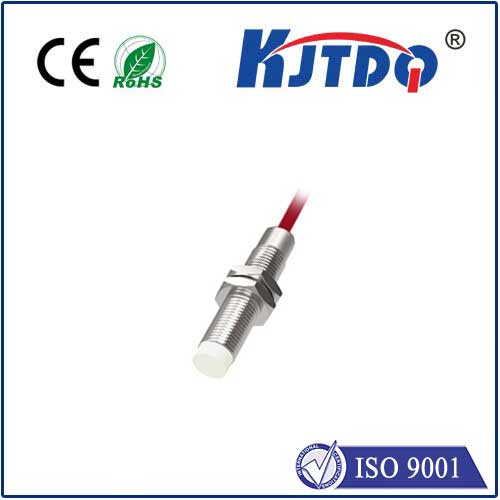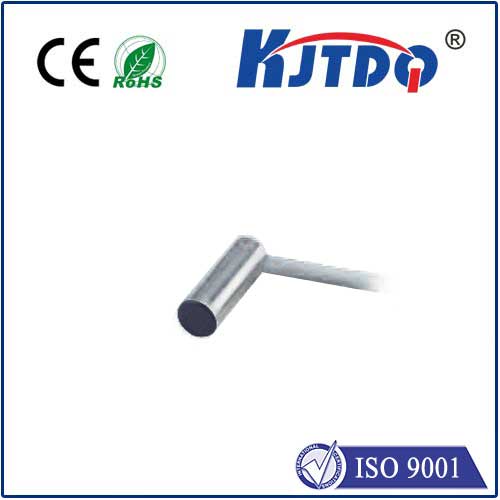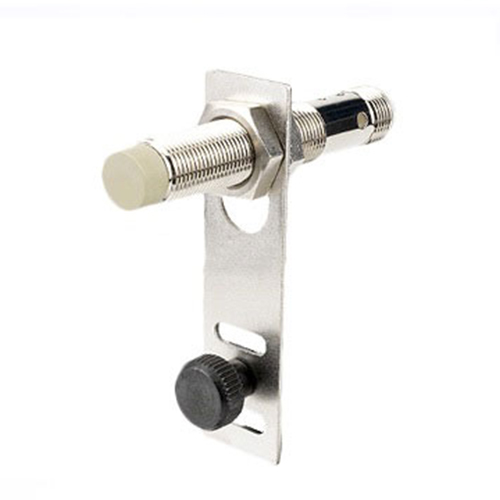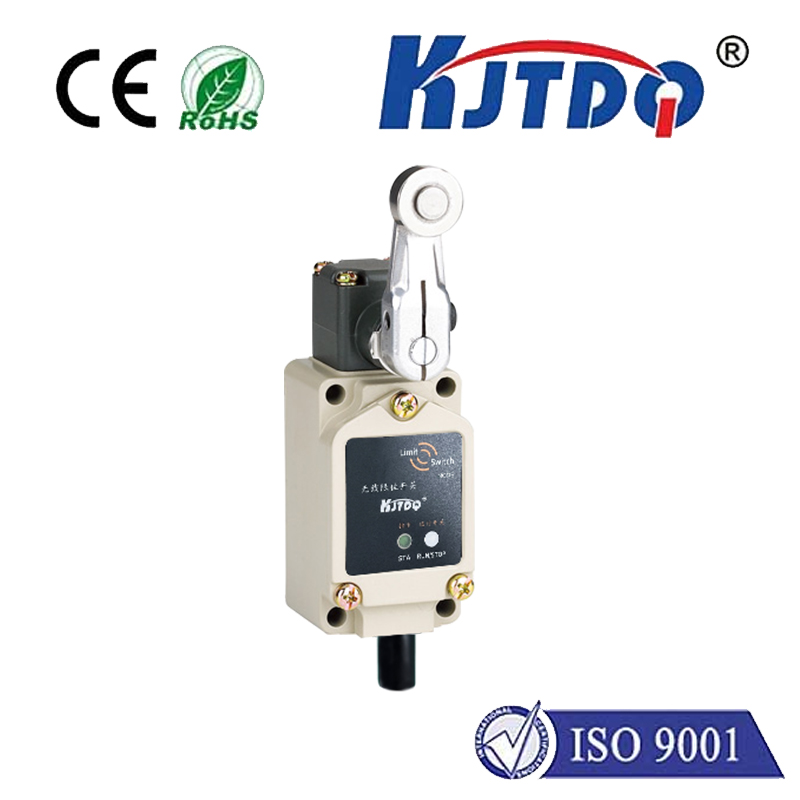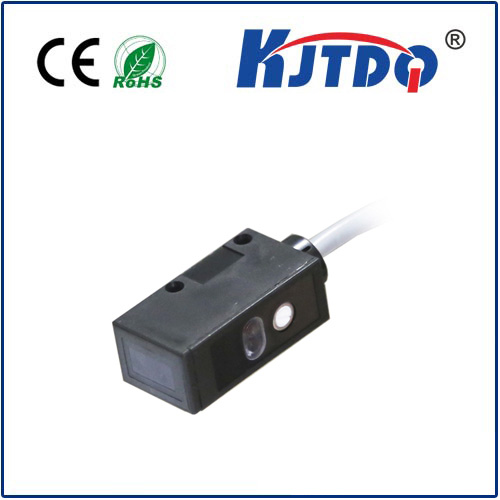captive proximity sensor m12
- time:2025-09-09 00:47:02
- Нажмите:0
Unlocking Precision and Reliability: Your Guide to M12 Captive Proximity Sensors
Imagine a production line humming with efficiency, where machines operate flawlessly, positioning is exact, and collision is a distant memory. This level of seamless automation isn’t magic; it’s often powered by unsung heroes like the captive proximity sensor with an M12 connection. If you’re navigating the complex world of industrial sensing and seeking robust, dependable solutions, understanding this specific sensor type is crucial.
So, what exactly is a Captive Proximity Sensor M12? Let’s break it down. At its core, it’s a non-contact sensor designed to detect the presence or absence of a metal target without physical touch. The “captive” aspect refers to a key design feature: the sensing element is fixed at a specific, non-adjustable distance from the sensor face or housing. Unlike adjustable versions, you cannot physically move the sensing coil closer or farther away.
The “M12” designation specifies the sensor’s standardized threaded cylindrical housing and connector. This 12mm diameter threaded connector has become the de facto standard in industrial automation for sensors, actuators, and I/O modules. Its compact size, ruggedness, and ease of installation make it incredibly popular.

Combining these elements – captive sensing and the M12 form factor – creates a sensor optimized for reliability, repeatability, and resilience in demanding industrial environments.
Why Choose a Captive Design? The Advantages Unveiled
The fixed nature of the captive sensor isn’t a limitation; it’s a strategic advantage offering several key benefits:
- Enhanced Durability and Shock Resistance: By eliminating moving internal parts (like adjustable cores found in non-captive sensors), captive sensors are inherently more robust. They withstand shock, vibration, and mechanical stress significantly better. In environments where equipment is constantly moving or subject to impact, this resilience translates directly into reduced downtime and lower maintenance costs.
- Superior Repeatability and Accuracy: With no adjustable element to potentially shift or drift over time, captive sensors deliver exceptional measurement consistency. The fixed sensing distance ensures the sensor triggers reliably at precisely the same point every single time a target enters its detection field. This precision is vital for applications demanding exact positioning, counting, or quality control.
- Simplified Installation and Maintenance: Installation is streamlined. You mount the sensor at the required distance based on its specified sensing range, and that’s it. There’s no need for fine-tuning adjustments onsite. This simplicity also reduces the risk of installation errors and makes replacements quick and hassle-free.
- Sealed Design and Contaminant Protection: The fixed construction often allows for a more effective hermetic seal around the sensing coil. Combined with the M12 connector’s standard IP ratings (like IP67 or IP69K), captive sensors excel in environments plagued by dust, coolants, oils, and washdown procedures. Reliable operation amidst harsh elements is a major competitive edge.
The Power of the M12 Standard: Ubiquity and Performance
The M12 connector is far more than just a plug; it’s a cornerstone of modern industrial connectivity:
- Unmatched Industry Adoption: The M12 form factor is universally recognized and utilized. Finding compatible cables, connectors, receptacles, and mounting accessories is effortless, simplifying procurement, installation, and future system expansion.
- Robust Physical Construction: Typically crafted from metal (brass or stainless steel) with sealing elements, the M12 connection provides superior protection against vibration, moisture, and chemicals compared to many other connector types. Its bayonet or screw-locking mechanism ensures a secure, vibration-proof connection.
- Variety in Pinning: M12 connectors come in different pin configurations (3-pin, 4-pin, 5-pin) to support various sensor functions (NPN/PNP switching, analog output, IO-Link communication). This flexibility allows a single physical form factor to serve diverse sensing needs.
- Space Efficiency: The compact 12mm diameter allows for dense packing of sensors in tight spaces on machinery, robots, or tooling.
Captive M12 Proximity Sensors in Action: Where Reliability Matters Most
These sensors are workhorses across countless industries. Here are prime examples highlighting their unique strengths:
- High-Speed Machinery & Precision Positioning: On CNC machines, packaging lines, or robotic arms where exact, repeatable positioning is non-negotiable, the captive sensor’s unwavering accuracy ensures components are fed, cut, welded, or placed perfectly every cycle. Think part presence verification in a high-speed bottling plant.
- Vibration-Prone Environments: On conveyors, stamping presses, mobile equipment, or power generation machinery experiencing constant shaking, the inherent shock resistance of the captive design prevents false triggering or premature failure. Monitoring piston position on an engine test stand.
- Demanding Washdown & Hazardous Areas: Food and beverage processing, pharmaceutical production, or chemical plants require frequent cleaning with high-pressure water or harsh chemicals. The robust seal of the captive sensor and the IP69K rating achievable with M12 connectors make these sensors ideal. Detecting fill levels in a dairy processing tank.
- Automotive Manufacturing: Within assembly lines involving heavy robots and constant movement, the combination of durability, precision, and standardized connectivity ensures reliable detection of components, end-of-stroke positions, and safety interlocks. Verifying a car door is correctly positioned for robotic sealing.
Selecting the Right M12 Captive Sensor: Key Considerations
Choosing the optimal sensor involves matching its specifications to your application:
- Sensing Distance (Sn): This is fixed in a captive sensor. Select a sensor with an
Sn value that provides sufficient clearance for your target while reliably detecting it within the required window. Don’t choose excessively long ranges unnecessarily.
- Target Material: Standard inductive proximity sensors, including captive variants, detect ferrous metals (like iron or steel) best, with a reduced range for non-ferrous metals (like aluminum or copper). Ensure compatibility.
- Output Type: Do you need a simple on/off switch (NPN or PNP transistor)? Analog output for distance measurement? Or smart communication via IO-Link (increasingly common on M12 sensors)? IO-Link unlocks diagnostics, parameterization, and advanced data capabilities.
- Environmental Protection (IP Rating): Verify the sensor meets the required Ingress Protection (IP) rating (e.g., IP67 for dust and temporary immersion, IP69K for high-pressure/high-temperature washdown).
- Housing Material: Nickel-plated brass is common, but stainless steel housings are essential for highly corrosive environments or food-grade applications. Consider barrel shape (threaded, smooth) or form factor (cylindrical, block style).
- Electrical Characteristics: Ensure the operating voltage, current consumption, and switching frequency meet the requirements of your control system.
The Foundation of Uninterrupted Automation
While often overlooked, the captive proximity sensor M12 represents a powerful convergence of reliability, precision, and standardization. Its captive design eliminates internal weaknesses, delivering exceptional shock resistance and unwavering repeatability. Combined with the near-universal M12 connector system, it offers unparalleled ease of integration, ruggedness against environmental assaults, and future-proof connectivity. For engineers and automation professionals demanding sensors that “just work” – day in and day out, under pressure, vibration, and splashing liquids – specifying a high-quality captive M12 proximity sensor is a strategic investment in operational stability and long-term productivity. Choosing the right one means building your automation foundation on rock-solid, dependable sensing.








